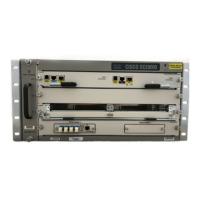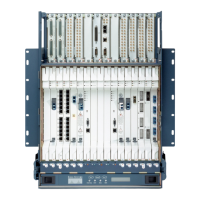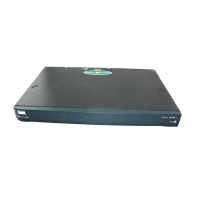7-9
Cisco SCE8000 Software Configuration Guide, Rel 3.1.6S
OL-16479-01
Chapter 7 Configuring the Connection
Asymmetric Routing Topology
Asymmetric Routing Topology
• Asymmetric Routing and Other Service Control Capabilities, page 7-9
• Enabling Asymmetric Routing, page 7-10
• Monitoring Asymmetric Routing, page 7-10
In some Service Control deployments, asymmetrical routing occurs between potential service control
insertion points. Asymmetrical routing can cause a situation in which the two directions of a
bi-directional flow pass through different SCE platforms, resulting in each SCE platform seeing only one
direction of the flow (either the inbound traffic or the outbound traffic).
This problem is typically solved by connecting the two SCE platforms through an MGSCP cluster,
thereby making sure that both directions of a flow run through the same SCE platform. However, this is
sometimes not feasible, due to the fact that the SCE platforms sharing the split flow are geographically
remote (especially common upon peering insertion). In this type of scenario, the asymmetric routing
solution enables the SCE platform to handle such traffic, allowing SCA BB to classify traffic based on
a single direction and to apply basic reporting and global control features to uni-directional traffic.
Asymmetric Routing and Other Service Control Capabilities
Asymmetric routing can be combined with most other Service Control capabilities, however there are
some exceptions.
Service Control capabilities that cannot be used in an asymmetric routing topology include the
following:
• Subscriber redirect
• Subscriber notification
• Any kind of subscriber integration, including MPLS VPN. (Use subscriber-less mode or anonymous
subscriber mode instead)
• Classical open flow mode, including the following:
–
Flow-open-mode classical explicitly enabled (ROOT level configuration)
–
VAS traffic forwarding mode enabled
–
Analysis layer transport mode enabled (ROOT level configuration)
–
‘no TCP bypass-establishment’ mode enabled (ROOT level configuration)
–
A traffic rule is configured for certain flows to use the classical open flow mode (ROOT level
configuration)

